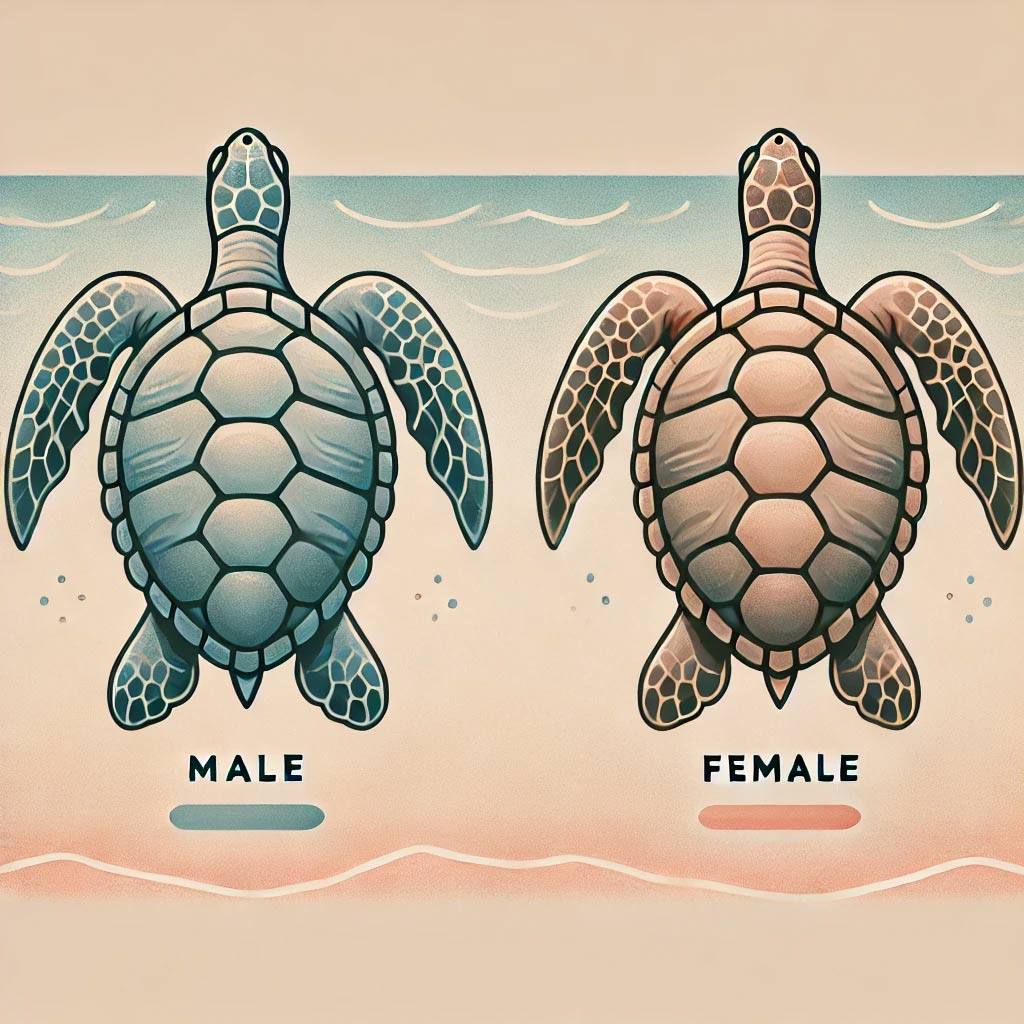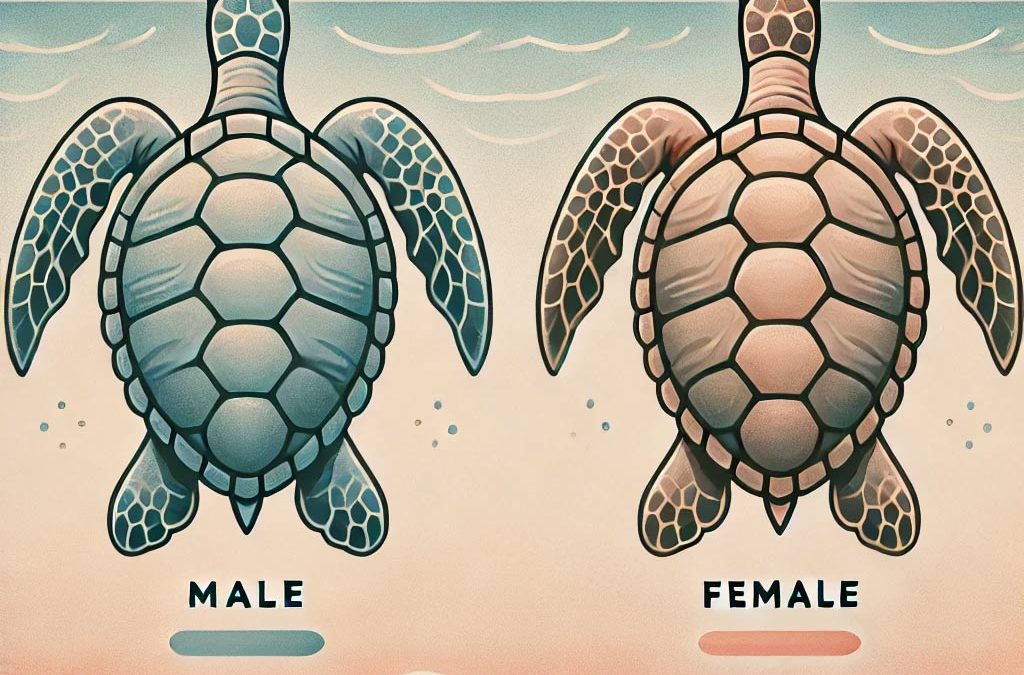How to Tell the Difference Between Male and Female Sea Turtles

Sea turtles captivate the curiosity of ocean lovers and beachgoers alike, and one question often arises when spotting these majestic creatures: how can you tell if a sea turtle is male or female? While it’s impossible to determine their sex when they’re young, certain physical traits become visible as they mature. Learning to identify these differences can deepen your appreciation for these incredible animals and shed light on their behaviors in the wild. In this guide, we’ll explore the physical characteristics that separate male and female sea turtles and delve into which sex typically lives longer.
How to Identify Male and Female Sea Turtles
As sea turtles mature, distinct physical traits begin to set males apart from females. Here’s what to look for:
- Tail Size: One of the most obvious differences is the size of the tail. Male sea turtles have notably longer and thicker tails than females. This larger tail, which extends well beyond their shell, helps them during mating. Female turtles have much shorter tails that barely extend past the shell’s edge, if at all.
- Claws on the Flippers: Males also have longer, more curved claws on their front flippers. These curved claws are particularly useful for grasping onto females during mating. Female turtles have shorter, straighter claws that aren’t as pronounced.
- Shell Shape: Although the shell shape between male and female turtles is quite similar, subtle differences exist. Males tend to have a more concave shell, especially around the lower section, which allows them to mate more easily. Female turtles, on the other hand, generally have a flatter, broader shell, which gives them more stability as they return to shore to lay eggs.
Do Male and Female Turtles Have Different Shells?
While the primary difference in shell shape lies in the concavity, it’s a common misconception that male and female turtles have entirely distinct shell shapes. Both sexes have similar shell patterns, colors, and textures. However, the slight concave shape on a male’s plastron (the underside of the shell) is an adaptation to aid in mating, while a female’s plastron remains relatively flat.
Which Lives Longer: Male or Female Sea Turtles?
Life expectancy can vary between male and female sea turtles due to environmental factors, migration patterns, and reproductive stress. Studies suggest that female sea turtles may experience slightly shorter lifespans than males, largely due to the energy demands of nesting. Females return to shore multiple times during a breeding season, which can expose them to more risks like predation, beach obstacles, and human interference. Males, meanwhile, spend nearly all of their lives in the ocean, which can lead to a longer lifespan.
Quick Reference: Key Differences Between Male and Female Sea Turtles
- Tail Length:
- Males: Long, thick tail extending beyond the shell
- Females: Short, barely noticeable tail
- Front Flipper Claws:
- Males: Longer, curved claws for mating
- Females: Shorter, straighter claws
- Shell Shape:
- Males: Slightly concave plastron
- Females: Flatter plastron for stability during nesting
- Lifespan:
- Males: Generally longer due to fewer environmental stresses
- Females: Slightly shorter, impacted by reproductive behaviors

